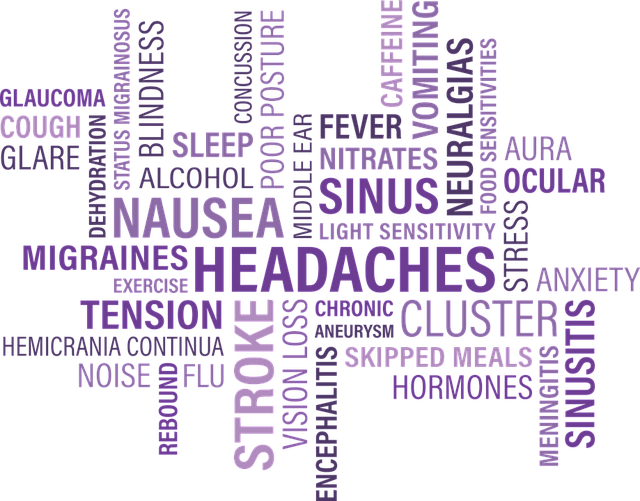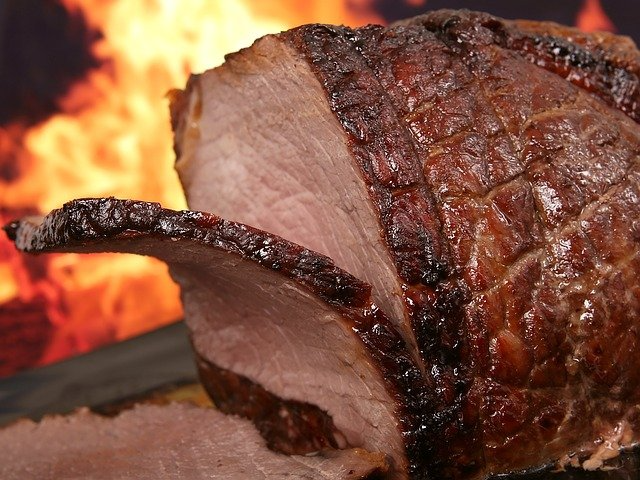|
T |
he story begins with the experimentation of the German physiologist Arnold Adolph Berthold. In 1849 he was in search of a question’s answer. What is the function of testes? One day he noticed that castrated rooster has different sexual behaviour than those with testes intact. He runs an experiment on roosters. What he did is divided the rooster into two groups. One group was left with testes and the second group was deprived of it through surgery. The normal group was normal in sexual behaviour, normal crow (singing) and aggressive. But the castrated group of roosters was different in behaviours. There was a change in aggression, a weak crow and less sexual attraction towards females. So, he concluded that this organ is responsible for these behaviours. But the question was how? To further investigate and find out he removed one testis and implant it in the abdominal cavity of the rooster. It was found out that the location of the testis did not matter. The rooster behaves like any other normal rooster. Then he wanted to confirm if it could be the genetic factor involved in the dictation of these functions and behaviours. He took another rooster and removes the testes and implant from other roosters. The rooster behaves normal and the same as other normal roosters. Berthold concluded that it was neither a genetic factor nor the location of the testes, but it could be some chemical produced by the testes which are dictating these behaviours. Later it was called testosterone. It was isolated from bull testes in 1935 by Ernest Lacquer. Adolf Butenandt and Leopold Ruziicka synthesise testosterone in the laboratory.
Hormones are signalling molecules produced by living organisms for physiological activities. It is carried to different parts of the body as a signal for different functions. It is used as a mean of communication between different organs and tissues. And it is responsible for different physiological activities such as metabolism, sensory perception, digestion, growth and development as well as mood manipulation. In plants, hormones control almost everything from germination to biological ageing. It works by binding with the cell receptor. By binding to the receptor protein, it starts to change the function of the target cell. There are water-soluble (peptides and amines) and lipid-soluble hormones (steroids) both act differently. The water-soluble hormones act on the surface protein most of the time. While the lipid-soluble enters into the cell through the plasma membrane by binding with the carrier plasma glycoprotein and can target the nuclei or any organelle inside the cell.
Endocrine glands are special organs producing and secreting hormones. The production of hormones is controlled through the endocrine signalling system. The endocrine system works on the negative feedback mechanism. For example, high blood sugar increases the syntheses of insulin. Once the glucose concentration decreases the insulin in the blood also start to decrease. When increases from its normal range the endocrine system will start to inhibit its production via sending another hormone through the bloodstream. Endocrine system targeting cell by releasing hormones into the bloodstream. While the exocrine system uses a duct system of epithelial surface.
Hormones are defined on the way it binds to the receptor but not structurally. In other words, the definition is based on functionality. There is a general classification of hormones found in vertebrates. This classification is based on the source of the derivation of hormones. They are classified into different types such as,
1. Peptide
2. Amino acid
3. Eicosanoid
4. Steroid
Hormones can be found in invertebrate like acyclic sesquiterpenoid. Juvenile hormone is controlling the physiological aspects of insects. In plants, a diverse group of hormones can be found performing different functions. Like auxin, cytokinin, gibberellin and ethylene etc.





